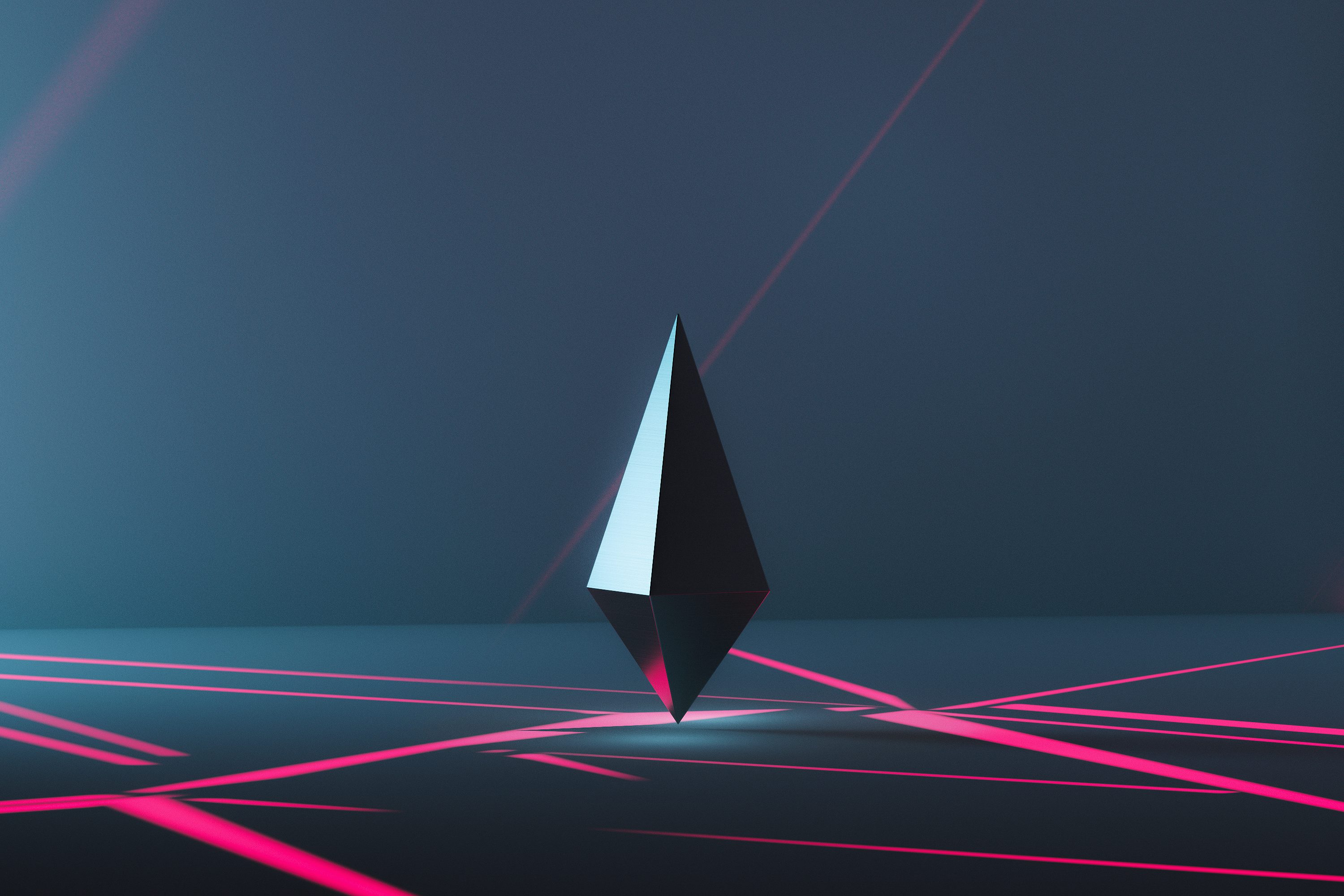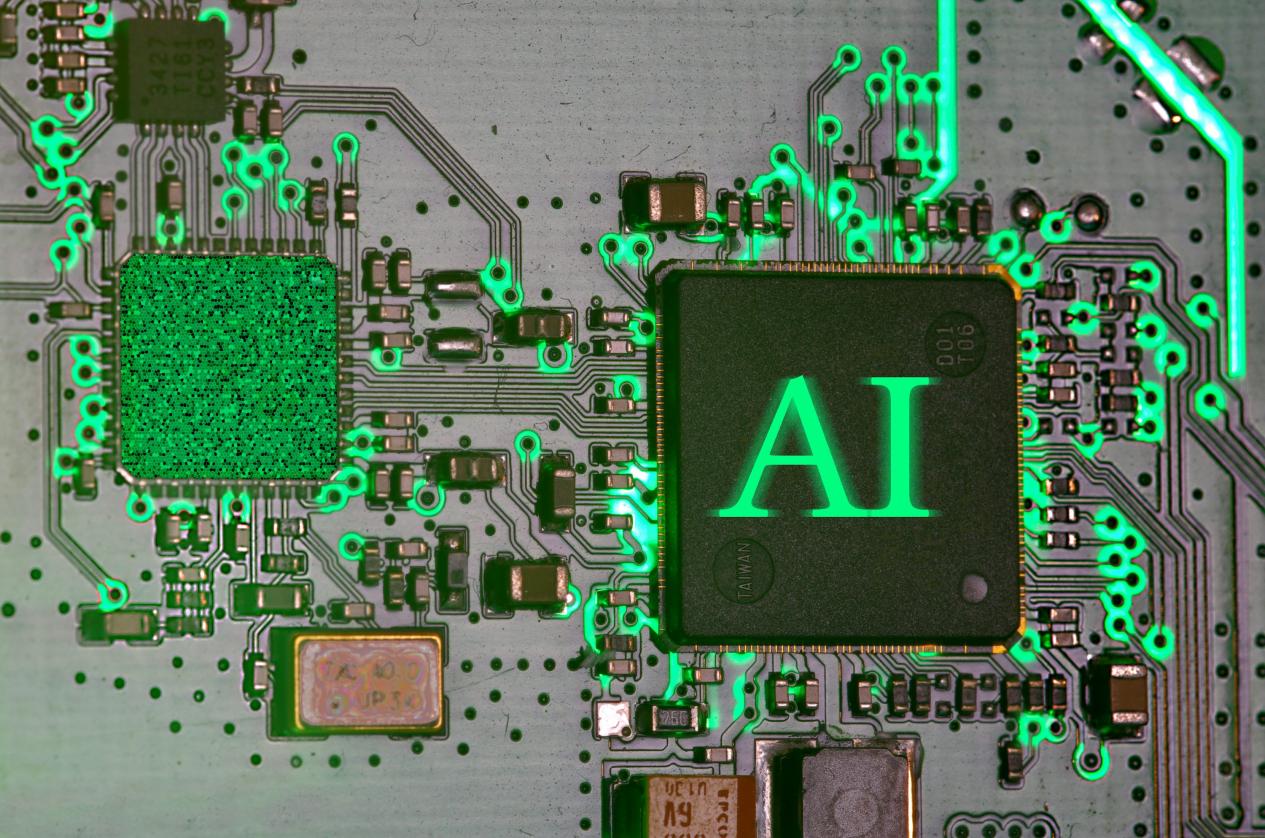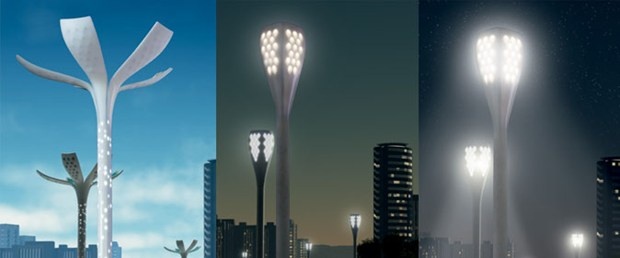Holographic Projection Classrooms: The Future Mainstream of Education
In the imagined classrooms of tomorrow, blackboards and projectors have long been obsolete, replaced by three-dimensional images floating in midair. Students no longer need to stare at two-dimensional screens; instead, they can reach out from their seats to touch a floating planet, observe its rotational speed, or even dissect its internal structure. Holographic projection classrooms are ushering in an unprecedented learning experience, making knowledge three-dimensional and vivid—as if one could step right inside it at any moment.
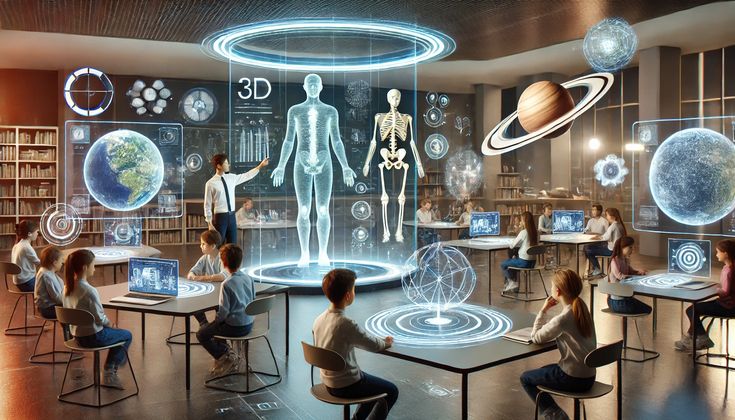
The core appeal of holographic projection lies in its immersive quality. Traditional classrooms rely on verbal explanations and images, yet abstract concepts often prove difficult for students to truly grasp. Imagine a teacher explaining human anatomy: instead of flipping through textbooks, a holographic human model slowly materializes in midair. Students can walk around it, zooming in on every nerve and blood vessel. Learning transforms from passive absorption to active exploration—knowledge becomes a tangible, real-world experience rather than symbols on paper.
This technology not only makes classrooms more intuitive but also breaks geographical and spatial barriers. Students in a remote town could see a professor from across the ocean teaching in real time through holographic projection, even interacting with classmates in the projection. Education is no longer confined by school buildings or national borders, becoming a truly global stage.
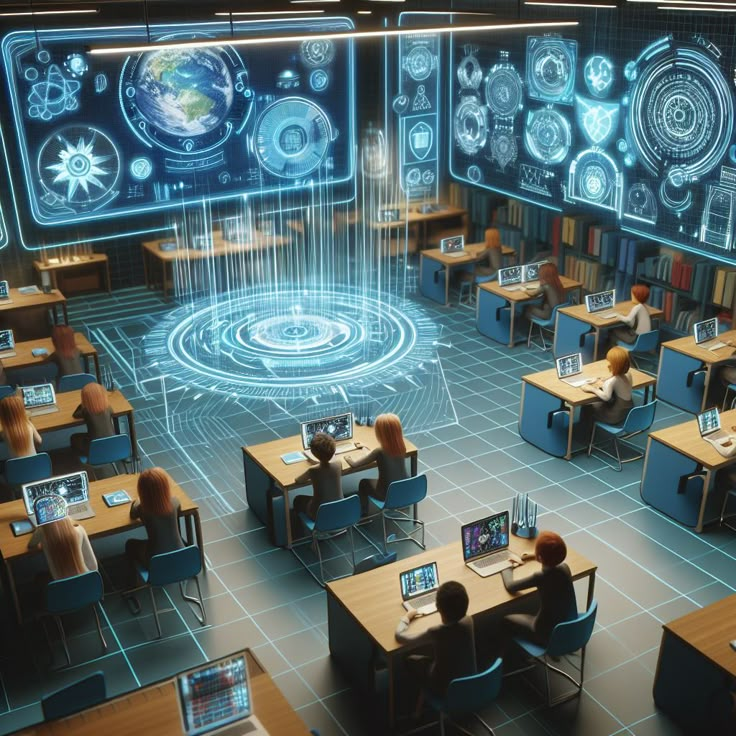
Even more exciting, holographic classrooms can make education as engaging as a game. When studying chemical reactions, students can mix molecules in mid-air, observing the light and smoke produced by the reaction. When learning history, they can “step into” ancient battlefields, watching historical figures emerge from projections to reenact their speeches and decisions. Knowledge transforms from cold theory into a sensory-rich adventure.
Yet, while all this sounds wonderful, it also brings new challenges. Holographic projection equipment is costly and demands high-end network and hardware specifications. Not all schools can afford such technology in the short term. Simultaneously, might immersive learning experiences foster excessive reliance on visual stimuli, undermining deeper critical thinking? Overwhelming spectacle risks turning classrooms into mere “performances,” where genuine knowledge is sidelined. After all, education's essence lies not in technology itself, but in cultivating independent thought and critical perspective.
Therefore, future holographic classrooms are more like tools than universal solutions. They can significantly expand learning boundaries and bring once-dry concepts to life, but educators must continually explore how to balance engagement with depth. Perhaps the ideal classroom integrates technology and tradition—offering both the immersive experience of holographic projection and the quiet contemplation of pen-and-paper writing.
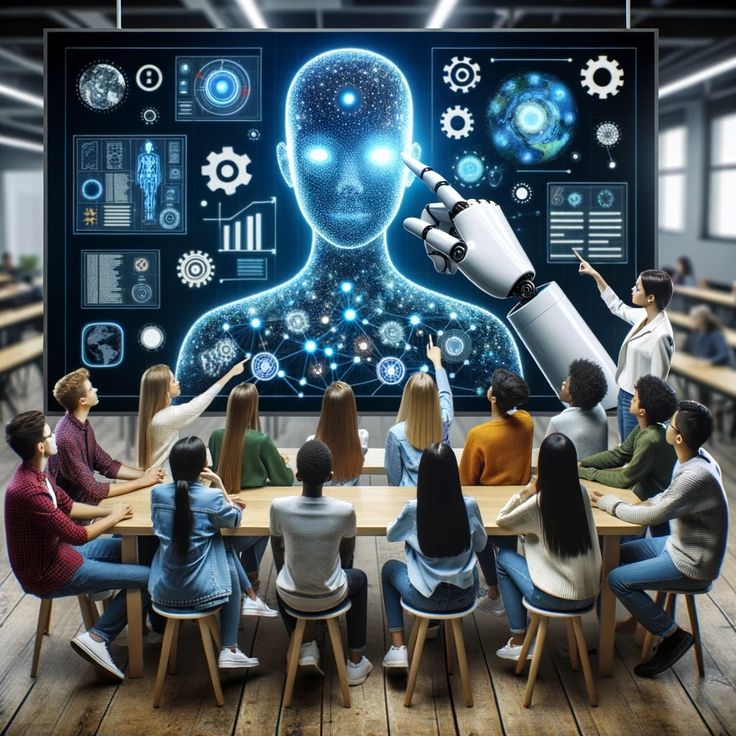
Regardless, holographic classrooms are already reshaping our vision of education. When the next generation enters such spaces, they may wonder why teachers still write on blackboards—much as today's children struggle to comprehend why people once used typewriters. Once technology enters education, the transformations it sparks are often irreversible.
The future of education may not be defined by any single, static form, but rather by a dynamic fusion. Holographic projection stands as a powerful signal within this trend, signaling that learning will no longer be confined to paper and pen, but will extend into a three-dimensional and boundless world. Would you like to step into such a classroom of the future and reach out to pluck a floating star?
(Writer:Lany)

